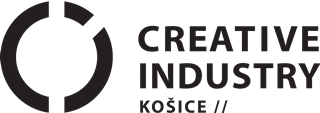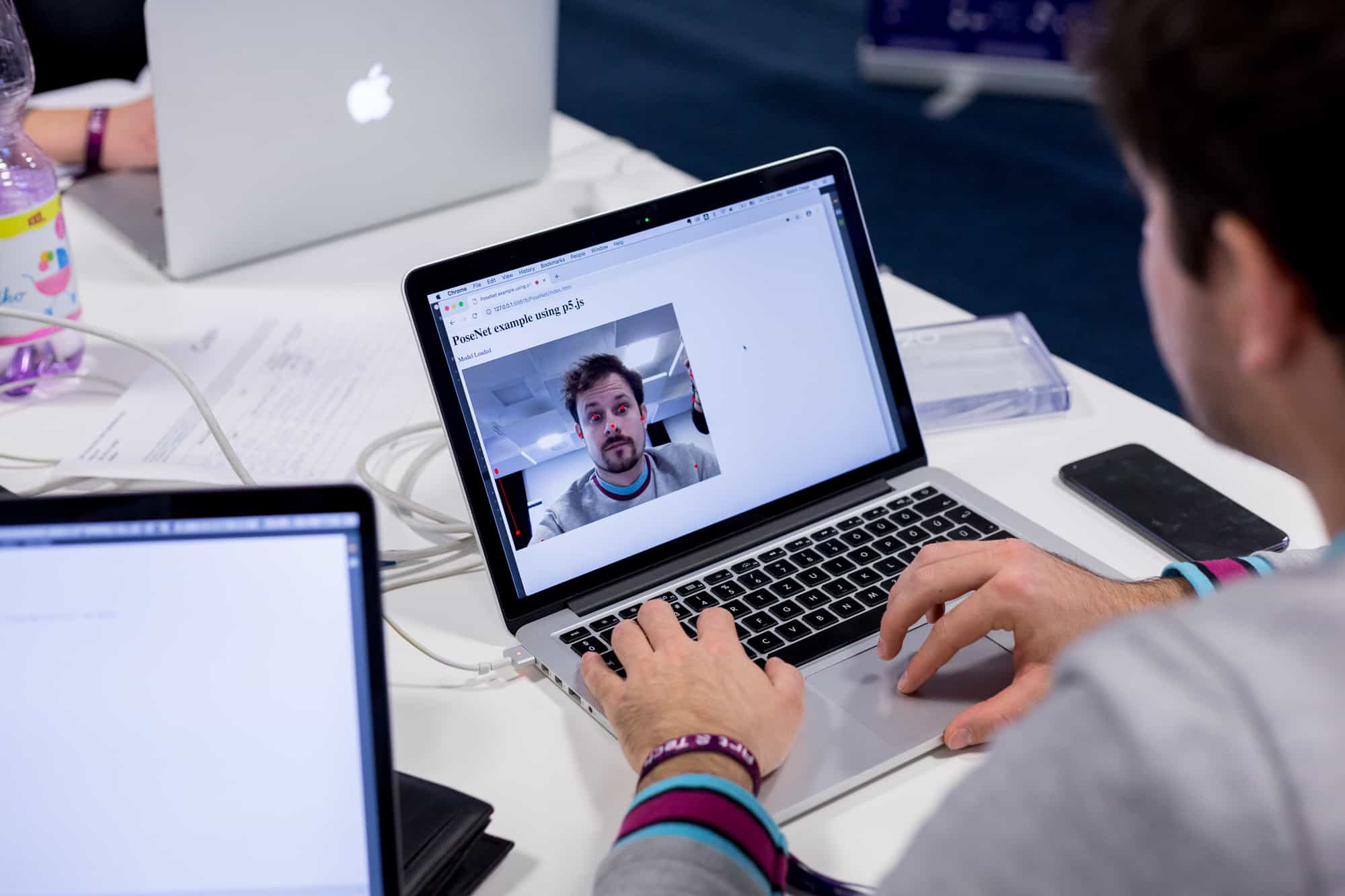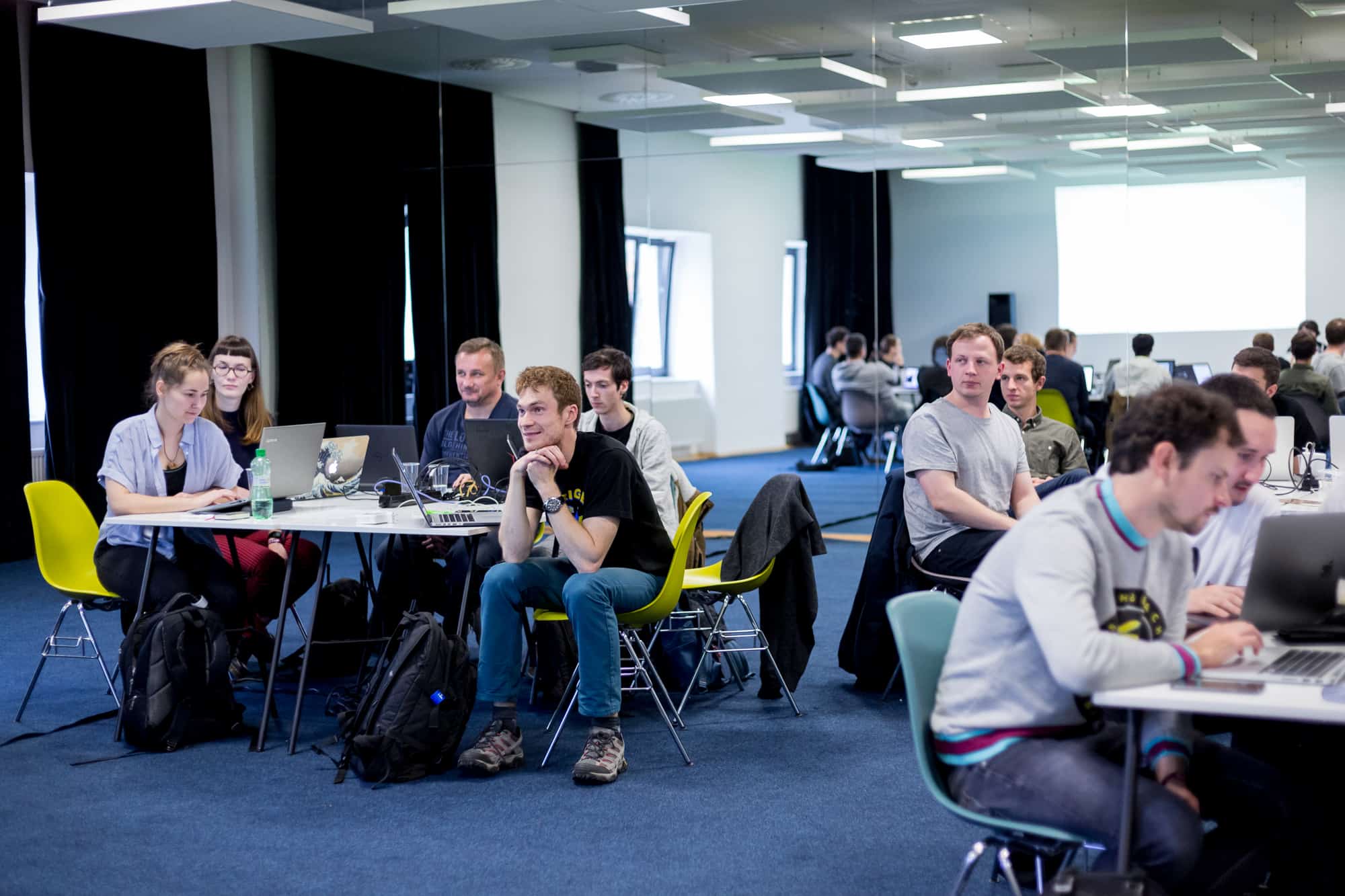According to the innovator Jan Uriga, today’s world has forced those who do not believe in technology’s power to start using it. In the following interview, you will learn which technologies are key to a sustainable future and implement the circular economy. Can creativity be combined with technology?
Ján Uriga researched at the Institute of Experimental Psychology of the Slovak Academy of Sciences and analyzed the application of leaders’ social intelligence and decision-making processes. For more than 10 years, he has been involved in consulting projects in strategic change management, innovation, leadership, and corporate culture development. He teaches externally at Comenius University and Vienna University of Technology. At PwC, he was in charge of leading and developing a Competence Center in the field of company transformations in Slovakia and the Czech Republic. He also gained experience working on projects in Silicon Valley, California. We spoke to him about the use of technology in practice.
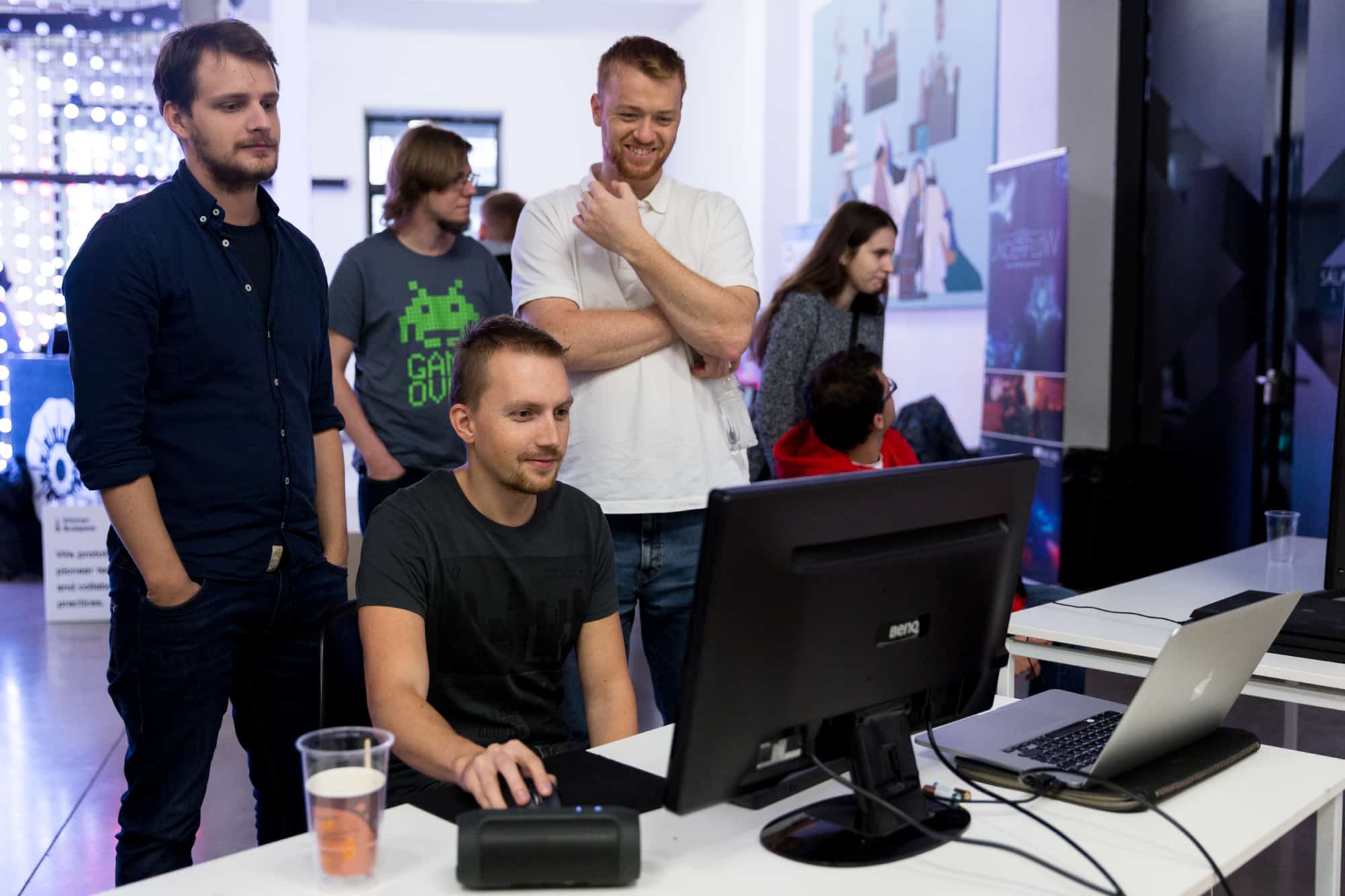
What about the use of technology today?
Technology is a kind of innovation syllable in today’s companies. According to the innovator Jan Uriga, today’s world has forced those who do not believe in technology’s power to start using it. Adapting to technology is similar to anything new. A degree of concern exists, a certain degree of resistance costs a lot of money, and many think of technologies as licenses and many other things. A degree of uncertainty prevails. Because this pandemic period is very dynamic, the decision to adopt technology is more dynamic. We are experiencing an adoption boom for new technologies, and I am pleased about it because it has existed in companies for decades. Last week, I talked to a large Czech bank, whose employees unanimously said things that they have been complaining about for about 5 years, for which they almost went on strike for not working as they should. The whole thing was solved in one weekend thanks to technology implementation, which ultimately neither cost as much money nor as much effort as everyone thought.
What is that technology? Many companies and people imagine that this will be something they have to invest a lot of money in, but it can only be a small innovation or a small change that can bring forth a huge benefit.
Technological innovations have the opportunity to hit 3 levels of impact. The first is incremental, and that is that you come up with an application that will allow your employees who, for instance, deliver food around the city, to be more effective. This small application can save minutes when you arrive someplace or minutes when you get stuck in a traffic jam and can beautifully rearrange the flow of the entire fleet. Imagine that 500 such cars drive around Prague (or 200 in Bratislava), and all of a sudden, you can coordinate them all. That is a small impact.
Then we have the groundbreaking innovation, i.e., technologies you introduce to your world that are more difficult to implement and engage in common processes.
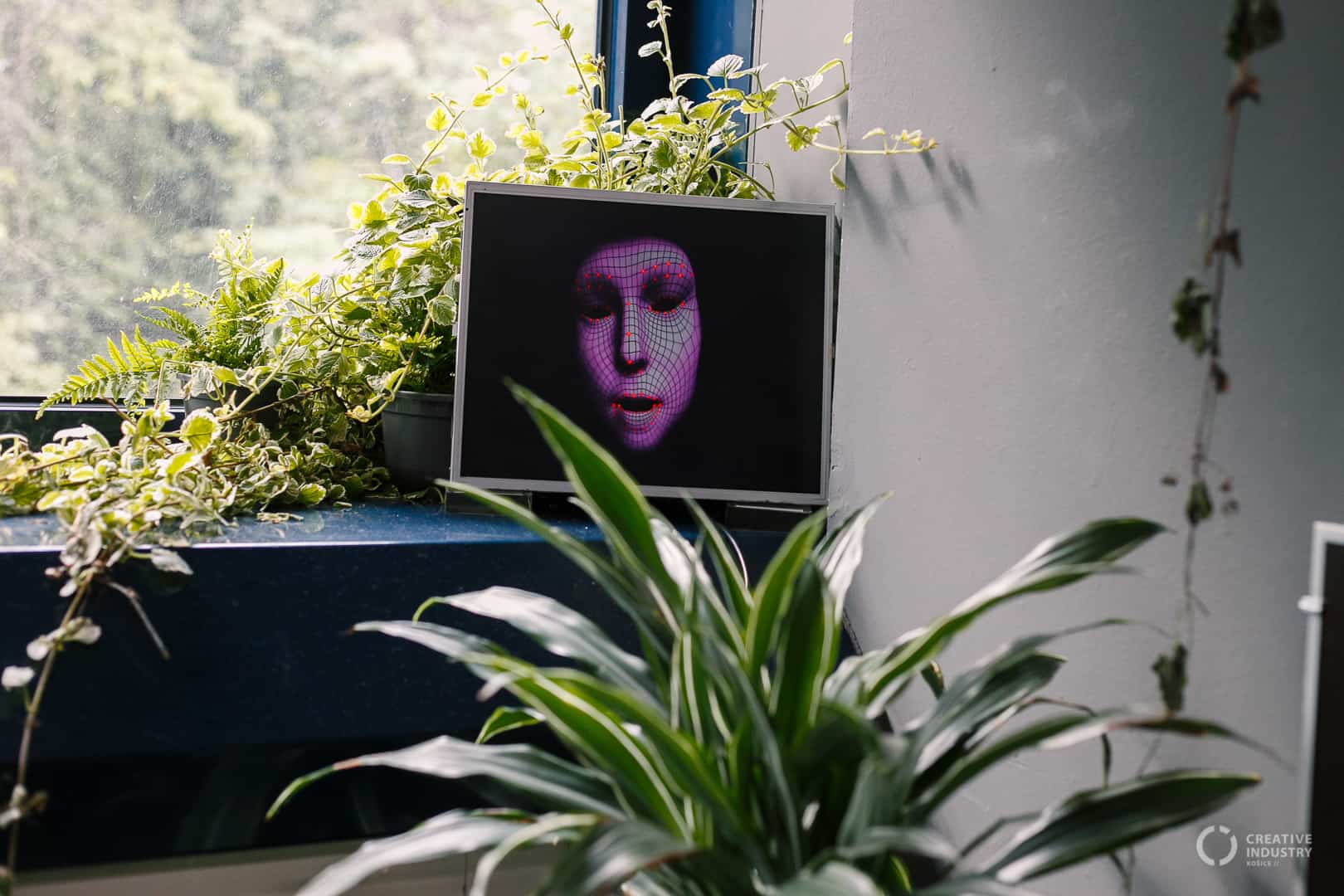
Which technologies will be key for the future?
The PwC consulting firm has made a list of 143 breakthrough technologies that are changing the world and has done one amazing thing. Through various factor and simulation analyses and experiments, they found out which of these technologies have the greatest impact on efficiency. They have picked eight essential technologies that can help companies make the biggest impact.
These include 3D printing, virtual reality, robotics, Internet of Things (IoT), artificial intelligence (AI), augmented reality (AR), blockchain, and drones. If today’s companies reasonably consider introducing these eight essential technologies, they can accelerate their businesses.
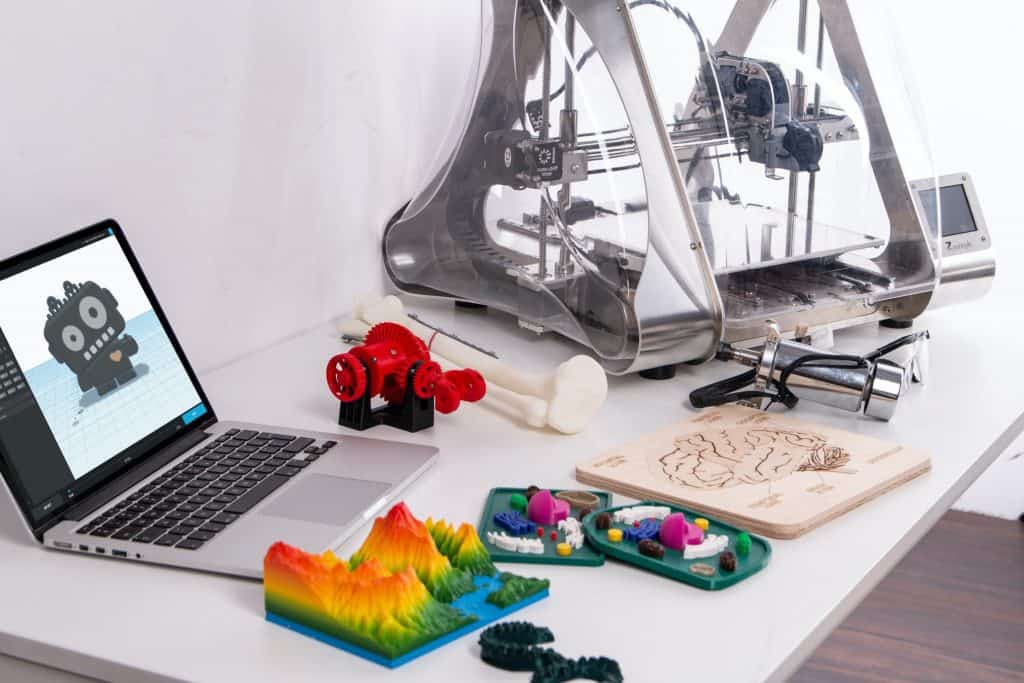
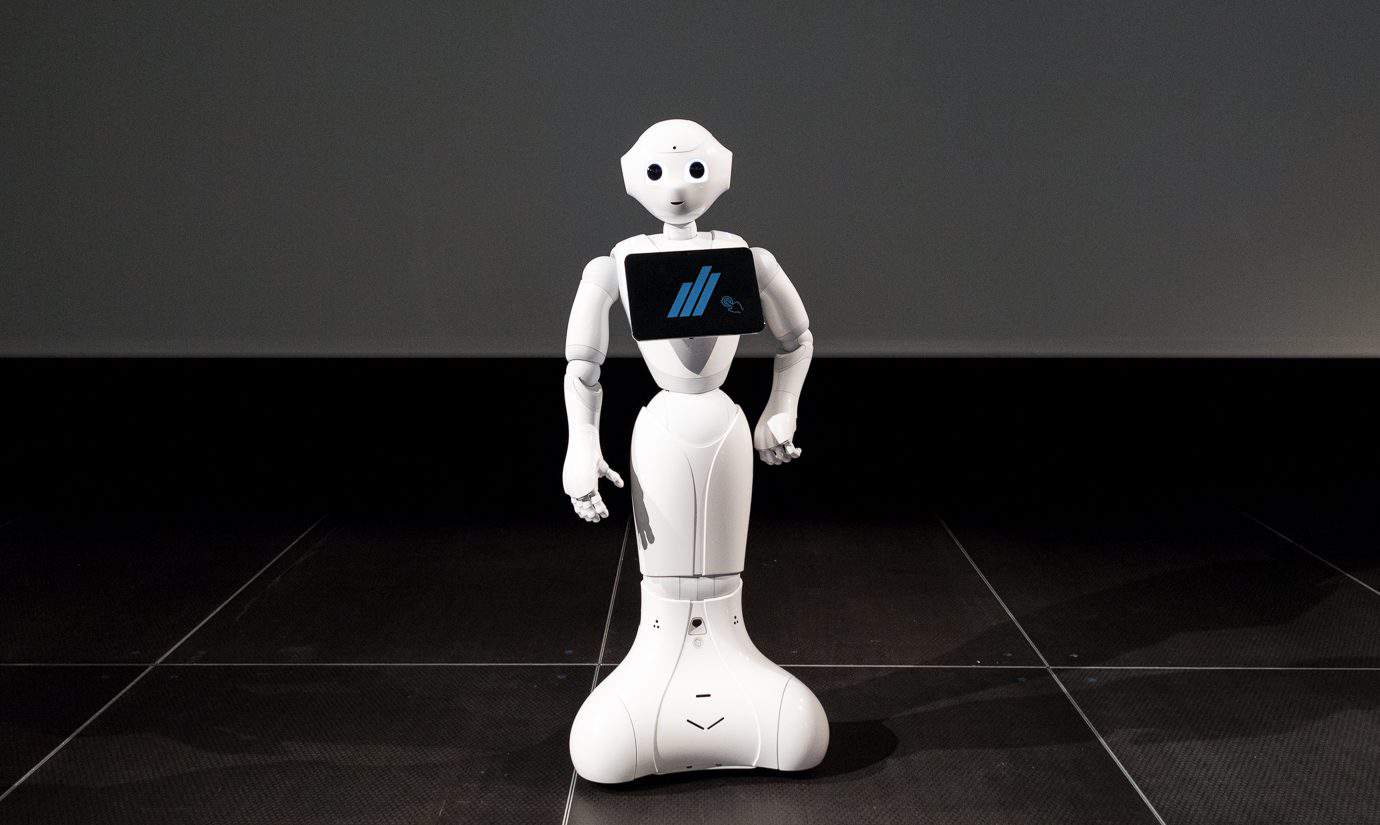
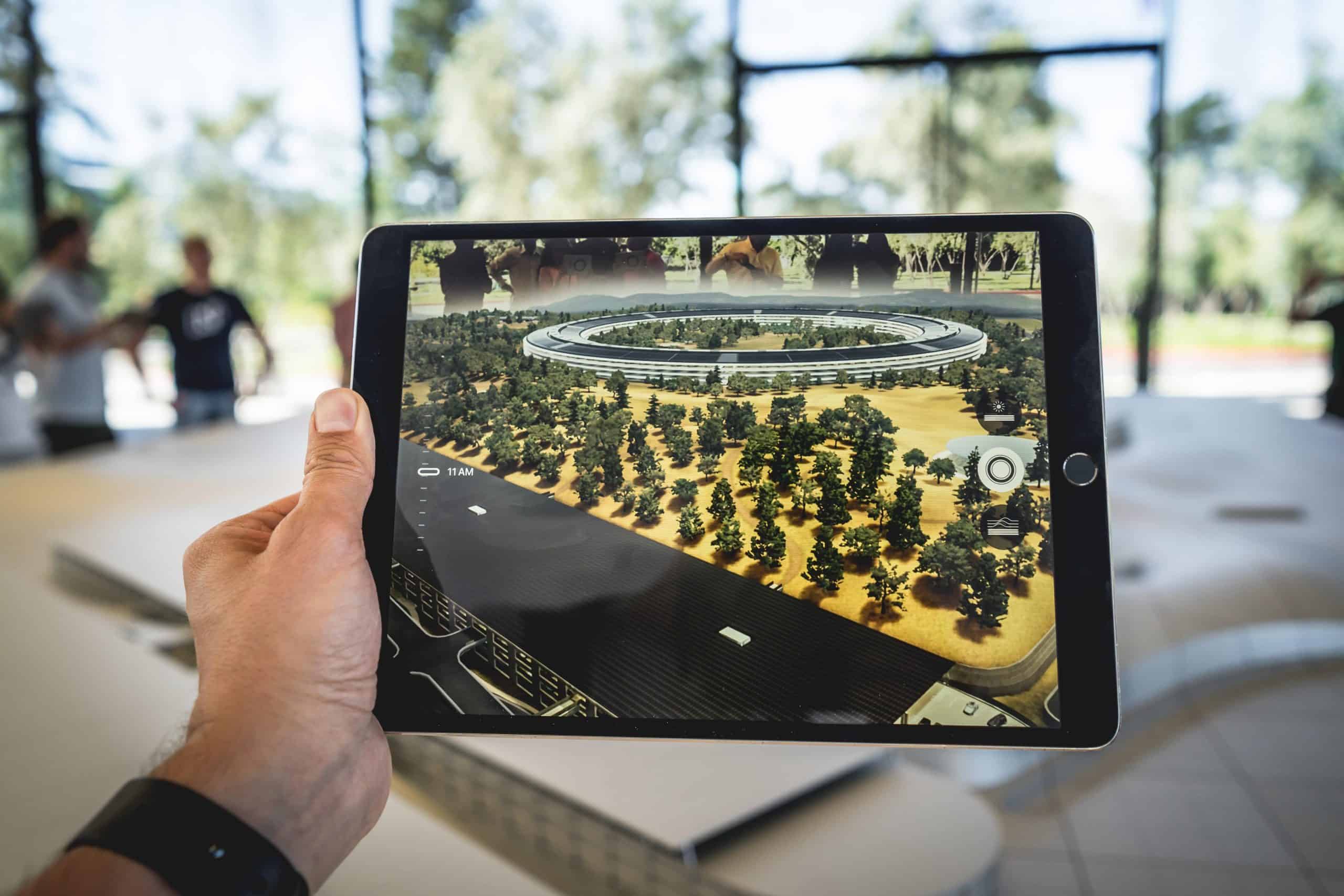
Source: Patrick Schneider
Which technologies appear to be the most viable. Is it eight, or would you narrow down that selection?
It is these eight, but if we are talking about convergence, it is not just an individual deployment of technology but a combined deployment of these technologies. A nice example is the combination of AI, IoT, and blockchain, which we can use in the automated trust concept – the trust in the product you are buying has gone through a verifiable and traceable track.
Do you know, for example, where the coffee you buy grew, who took care of it, under what conditions it was packaged, how it reached us, what was the temperature on the ship during transport, and what conditions it was exposed to until the moment it was prepared in your coffee shop? Thanks to technology, we can trace the entire life cycle of goods to the moment they reach us. Technology can tell us how much it could cost, what quality the goods are, or a shady business.
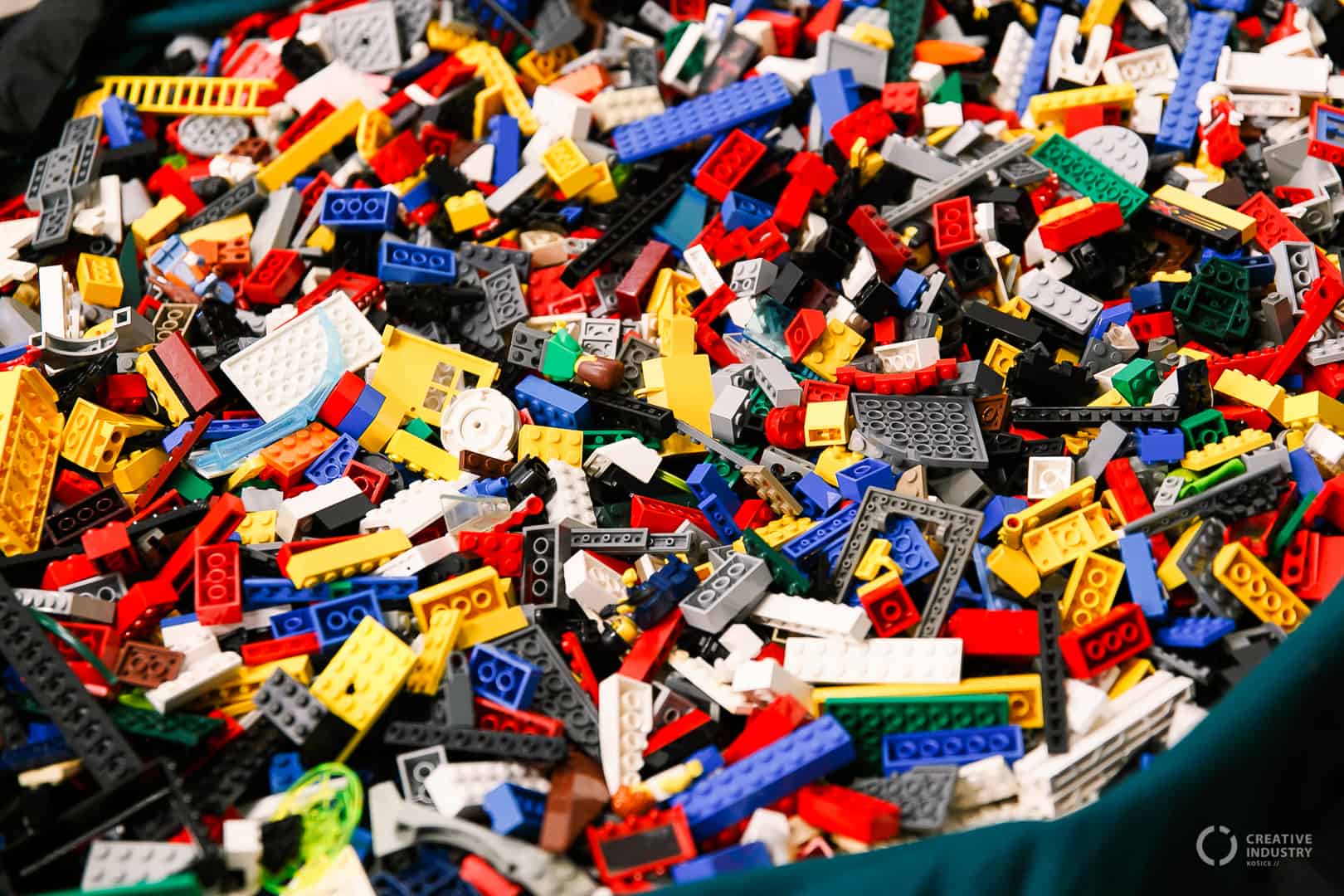
We also talked about eco-innovation and the circular economy. Which technologies do you see as key in the transition to a circular economy?
I think it is blockchain, IoT, and 3D printing. LEGO, for instance, implemented 3D printing in their company. At first, they failed and could not find a way to convince people. When you want to implement something in companies, you usually put your best and most talented employees in charge of the process. However, they already have a lot of things to do. They, therefore, looked for employees who no one talked about and never applied for anything. They brought 3D printers to their Kladno Experience Center in the Czech Republic. They provided these employees with simple tutorials—not training or a book, but they watched videos and tried to do that independently. They opened the center for them for the weekend to come and create parts they did not have at home. Within a few weeks, they learned how to work with the 3D printer and realized that if they were missing a part at work, they do not need to wait for the boss’s approval, and they can use the 3D printer immediately. Adapting to fast technology was very effective in this case.
Most new ideas come to companies after the holiday season. People travel, learn about new cultures, think, and find that things can be done differently. These things would not otherwise occur to us, but by seeing that someone else is doing them, we will share them when we return home. However, no employee wants to take responsibility for the real use of these ideas.
An acquaintance of mine told me some time ago that they had hired a fascinating person, who two weeks after being recruited, solved a very complicated issue. They forgot to tell them during the recruitment that it was not possible. The key is playfulness, playfulness, playfulness. The environment needs to stimulate the creativity of people in it. If I put you on the captain’s bridge, you feel completely different than below decks.
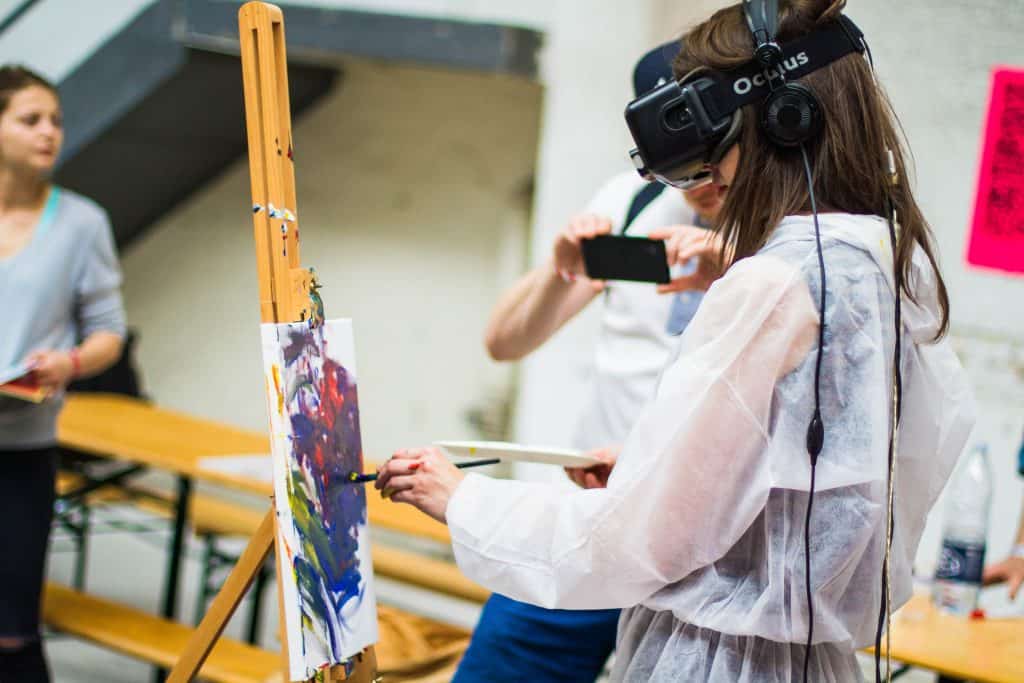
Technology and creativity. Can these seemingly different worlds be combined for a sustainable future?
Creativity is actually a dream of a future that does not exist, and technology is the embodiment of that future today. None of the technologies we use today would exist without dreamers – maybe in that famous garage somewhere in Silicon Valley – but it could easily have happened in Stropkov. Because the future is in a dream, that is the beginning. So the marriage between technology and creativity is irreversible. It is up to each company to decide whether it is out of love or reason. They force this technology on creative people, or they ask creative people how we can tame this technology the best way.
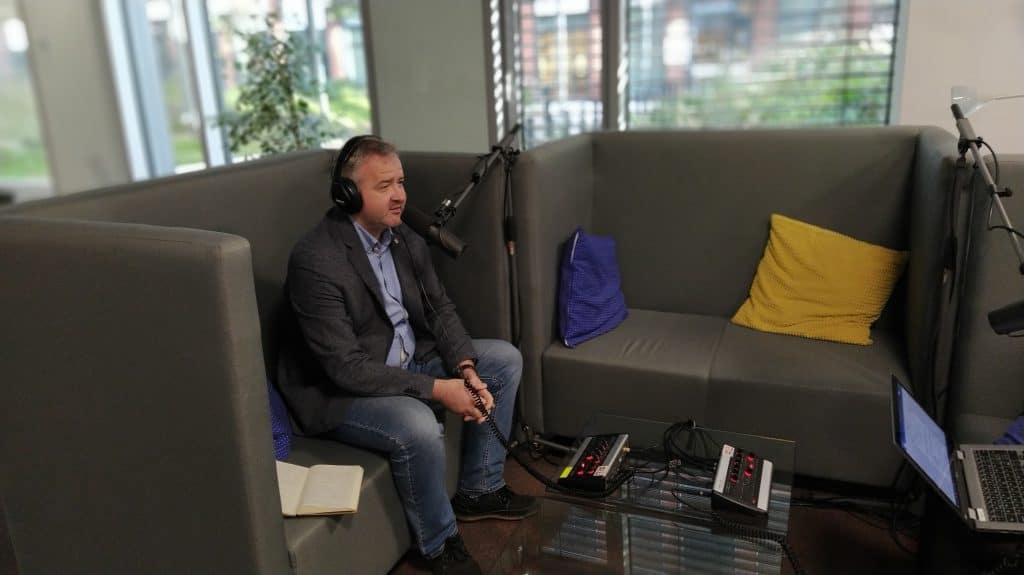
Can all this be summarized in a few short sentences?
If you want to go fast, go alone. If you want to go far, you always have to go with someone. Technology is a partner for you to go far. Let us maintain respect for technology because it is to become our partner, our servant, but not our master. Therefore, we should not underestimate the process of choosing the right technology to implement. How many people meet someone and get married the next day? I know only a few such cases if any. So is the technology. Let us give it some time, and it will work.
The series of Creativity4Circularity podcasts was created for the CoCo4CCI project, which connects advanced manufacturing with the cultural and creative industries to facilitate less traditional forms of collaboration. The Slovak Business Agency prepared them. If you want to listen to this interview as a podcast, you can find it on the following platform:
The project is funded by the Interreg CENTRAL EUROPE grant scheme.
